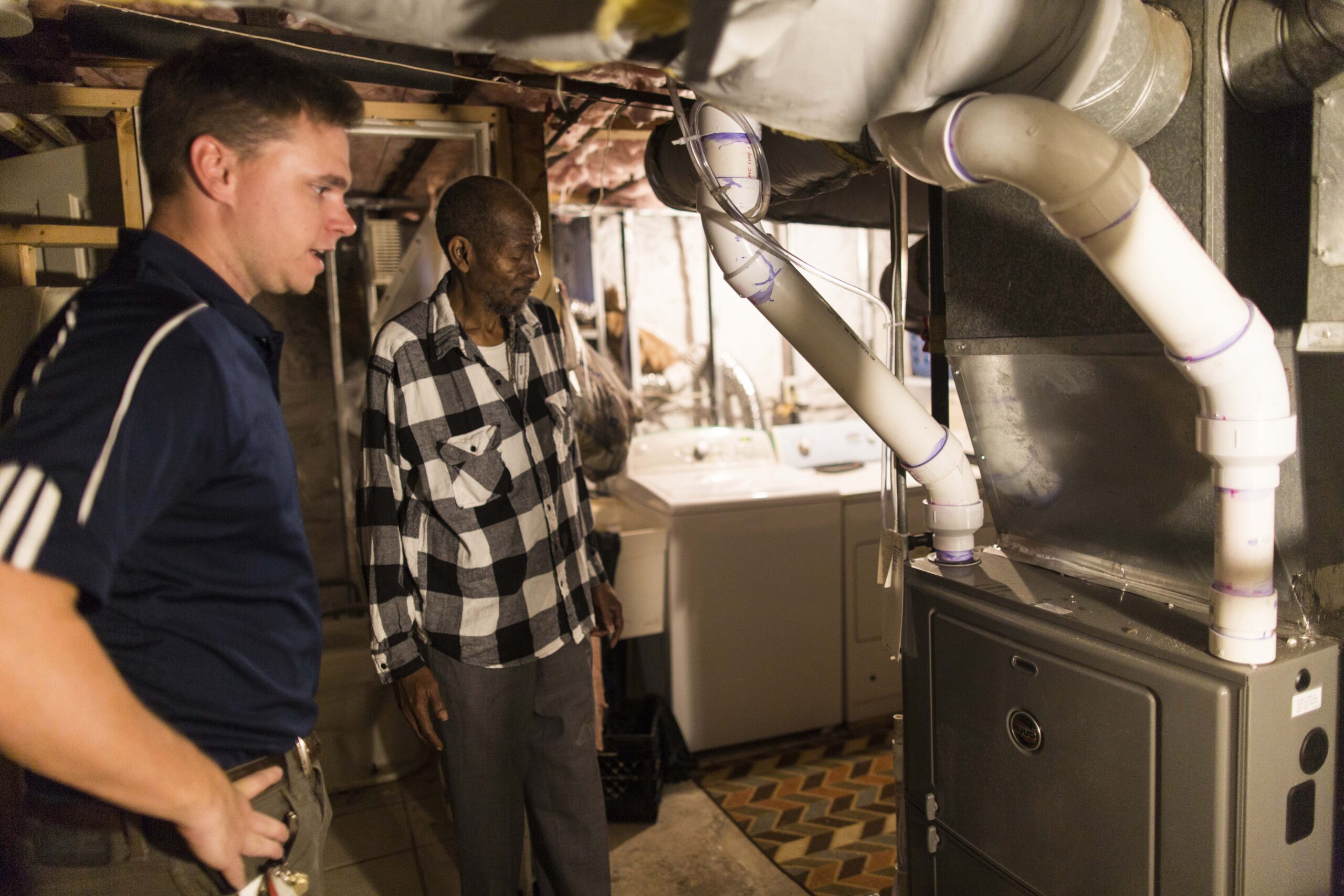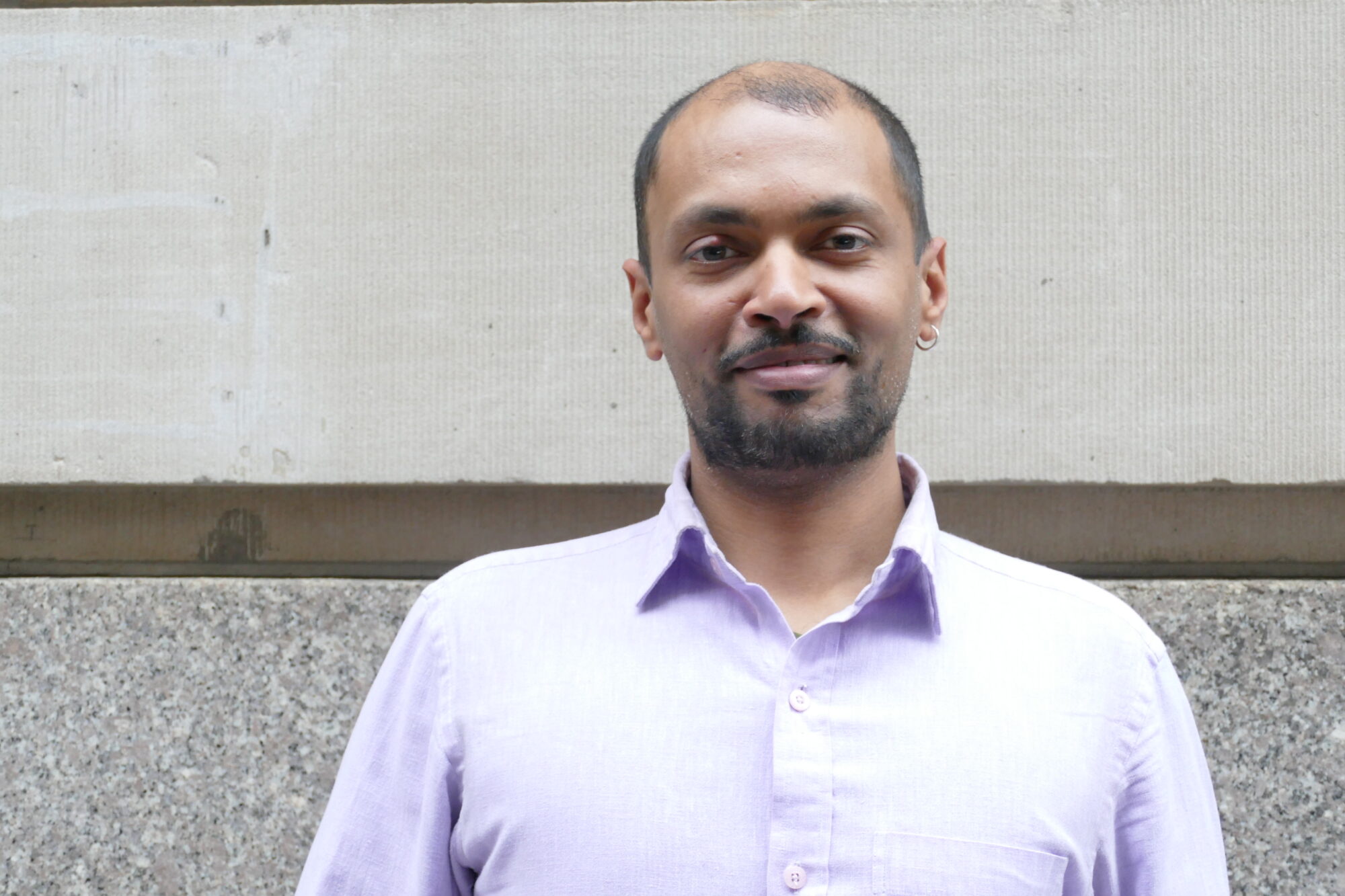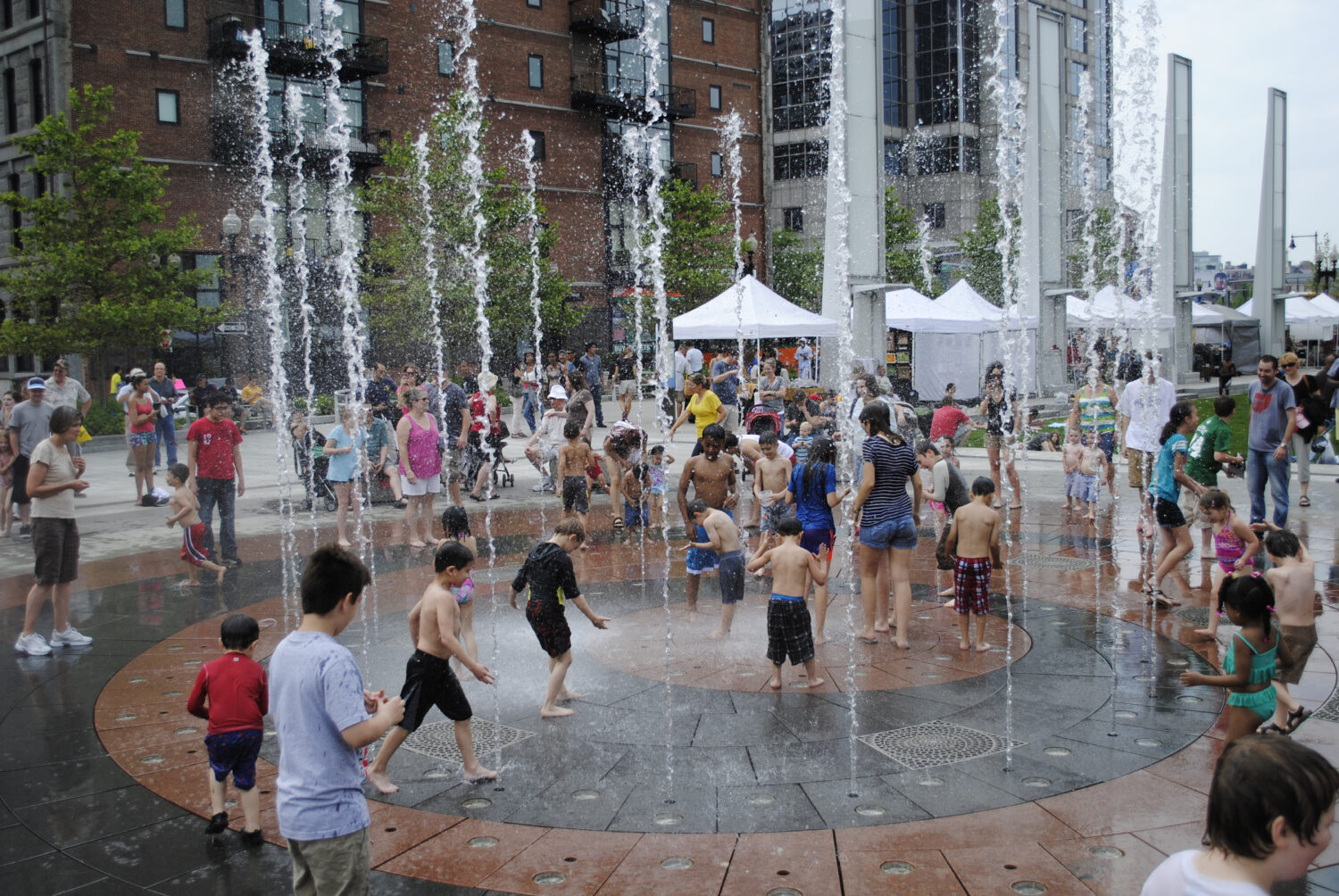For the eighth consecutive year, the American Council for an Energy Efficient Economy (ACEEE) ranked Massachusetts’ efficiency programs, known as Mass Save, the top US performer. This seal of excellence, however, lacks a focus on stubborn areas of consistent poor performance among all the accolades. These problem areas involve ratepayers from low-to-moderate income households, renters and non-English speakers – all groups disproportionately composed of people of color – and therefore point to a classic case of environmental injustice.
State law requires all cost-effective efficiency measures be implemented before investment in new supply. But perennial barriers to access by these underserved ratepayers, often concentrated in smaller cities like Holyoke or Brockton, or specific neighborhoods like Main South in Worcester, raise serious questions about whether Massachusetts’ programs meet that mandate. After all, how can a program that captures all cost-effective measures persistently fall short on equitable distribution of those measures?
That’s a question that all stakeholders came together to address during development of the most recent statewide efficiency plan. After years of discussions, advocates, members of the state’s Energy Efficiency Advisory Council (EEAC), program consultants and the utilities that run Mass Save finally coalesced around a creative solution: a novel ‘renter metric’ and an agreement to base part of the utilities’ performance incentive on performance in serving renters. Despite unanimous approval by the EEAC, the Department of Public Utilities unexpectedly and unilaterally removed this mechanism, calling it unnecessary. And just like that, a year of careful work to fix a long-standing problem evaporated. Next week, you can add your voice to the call for equity at the upcoming EEAC meeting.
Those excluded from the program’s promised benefits have been organized and vocal since 2008. The Green Justice Coalition’s (GJC) grassroots members have demonstrated program flaws and advocated for innovative solutions through original research and organizing. Failure to reach these customers, who pay into the program via fees on each month’s utility bills poses a major equity concern, and leaves significant climate opportunities on the table.
GJC research found that nearly 40% of residents above the low-income category (which is governed by a separate system) fall into the moderate-income segment: 60-120% of State Median Income (SMI).Reaching this population may require new methods, such as educational programs in partnership with municipalities and trusted and skilled local community groups, but they clearly have an important role to play in any effective climate mitigation strategy (not to mention it’s only fair the program serve them as well as wealthier customers).
Renters are concentrated in urban areas, home to the vast majority of communities of color. In Chelsea for example, renters comprise 75% of residents, many of whom additionally face language barriers. This means large shares of communities of color effectively remain outside the program. Meanwhile, their participation is becoming increasingly essential as emissions savings from low-hanging fruit like LED lighting reach market saturation. Applied Economics Clinic has found that including even 100,000 renters in the programs could lead to reducing carbon dioxide emissions by over 300,000 tons over the course of a three-year plan.
There are a few bright spots in the plan. It does allow a portion of moderate-income households (60%-80% of SMI) to receive a 100% subsidy of their efficiency costs, with no ceiling.Access also may improve for some facing linguistic isolation, with new customer support for additional languages.For the first time, the plan requires consistent utility collection and reporting of program data sorely lacking in the past: renter status, income level and primary language. And the plan increases support for cost-effective air-source and ground-source heat pumps across utilities.
There are real victories to celebrate in this plan, but hard work remains on achieving equity. That hard work starts now. The June 19 meeting of the EEAC at 100 Cambridge Street will focus on renters and moderate income ratepayers. Show up and stand up for equity by attending the meeting and calling for a more equitable Mass Save.Find out more about the issue by following @CleanH2OMA on Twitter or joining one of the grassroots members of greenjusticecoalition.org. We all have a role to play in putting equity at the center of climate action. Now’s your chance.




